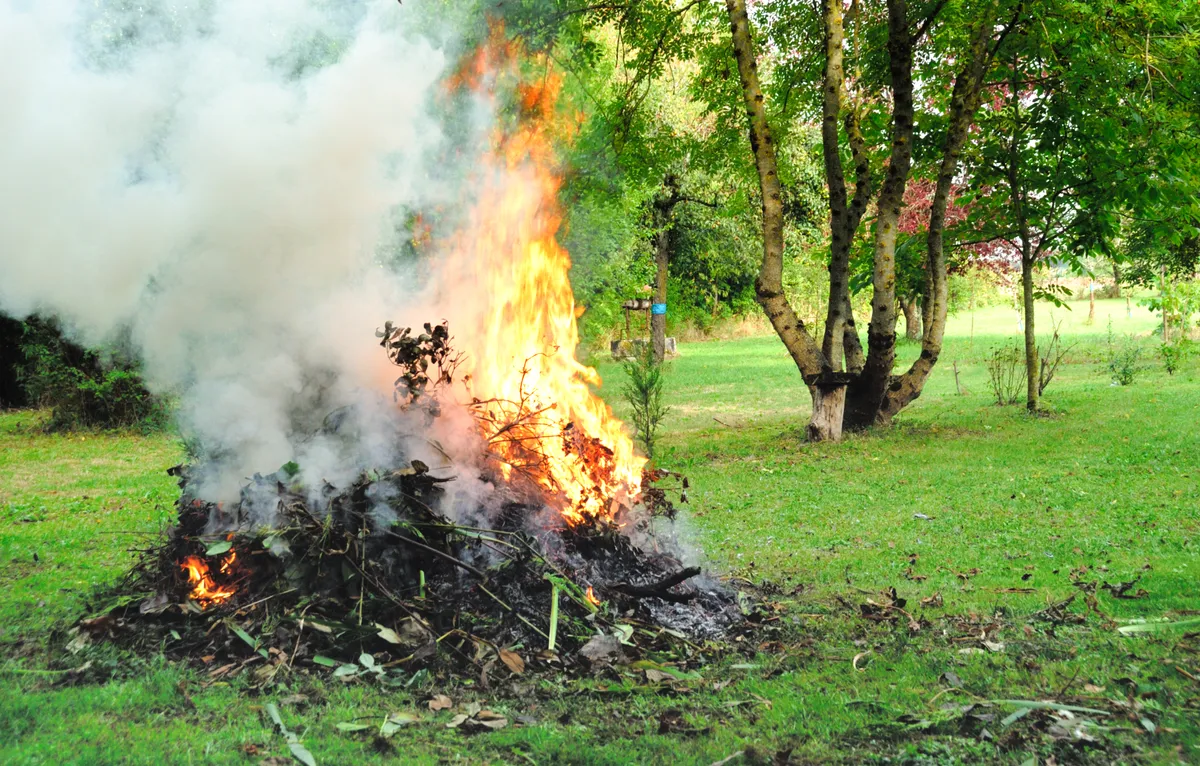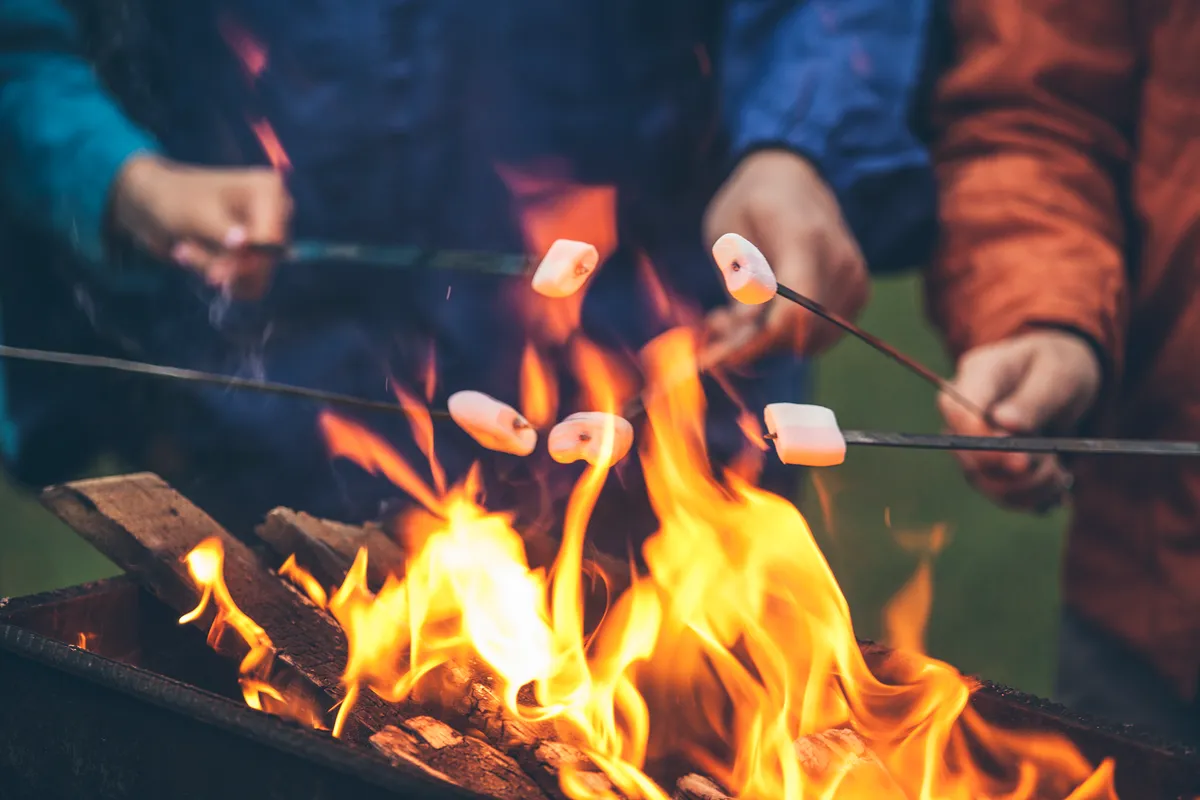Bonfire Night is a much anticipated event in the UK, with many households hosting their own parties with bonfires, fire pits and fireworks. It is held on the 5 November and is a fun night of the year that is often used as an excuse to get together with family and friends.
Meanwhile the shift in temperature in autumn brings with it changes in the habits of our garden visitors. Birds are often on the hunt for food which becomes more scarce, hedgehogs will hibernate and many animals will go into a state of reduced activity to survive the winter months. Our gardens can become safe havens for wildlife at this time.
Although we don't want to dampen the fun, Bonfire Night can be a stressful and harmful time for animals if not enjoyed responsibly. Here, we've rounded up some of the best ways to keep wildlife and pets safe on Guy Fawkes night.
Here's the best wood for wood burners
Protecting animals on Bonfire Night
Build your bonfire on the day
A great way to ensure that there aren't any hibernating hedgehogs or amphibians in your bonfire is to build the pile of wood on the day of lighting it.
Check your bonfire before lighting it

Even if you've just built it, but especially if it's been standing for a few days or weeks, check your bonfire pile thoroughly before lighting it to ensure no animals have crept in.
Create alternative shelter

To deter animals from making themselves comfortable in your bonfire pile, ensure that there are other piles of logs, twigs and leaves around the garden that can provide shelter. You can also build hedgehog houses in the garden and insect hotels to keep beasties out of the bonfire.
Create your bonfire in a cleared area
Be sure that your bonfire is situated in a clear area in order to cause as little disturbance as possible to surrounding habitats and trees.
Put the bonfire out properly
Make sure that you extinguish your fire fully at the end of the night. Fires left unattended can spread and destroy large areas of habitat.
Clean up decorations

After the festivities, be sure to get all of the sparklers and other decorative debris picked up from the garden as soon as possible.
Be smart with fireworks

Fireworks can cause severe distress to wildlife and pets. In 2021, the RSPCA received 11,785 reports of animals in distress between October and January. The best way to avoid disturbing animals would be to visit an organised fireworks event. These tend to be held in large open spaces and with specific timings that allow pet owners to prepare. 68 per cent of the animals reportedly affected in RSCPA data were by private displays and 94 per cent of these did not have prior notice that fireworks were going to be set off. If you are going to set off fireworks at home, be sure to inform all of your neighbours about timings, as unpredictability of days and times of displays can make this time of year really stressful for pets and their owners. Also try to set them off away from trees and hedgerows for the benefit of birds.
Keep Catherine wheels away from trees
Pin up Catherine wheels on specially placed posts rather than nailing them to trees.
Put some music on

For pets, the sound of fireworks can be really frightening. Playing music in the house to try and mask the unpredictable sounds can help.
For inspiration of what else to do in autumn, take a look at our favourite autumn gardens to visit.
